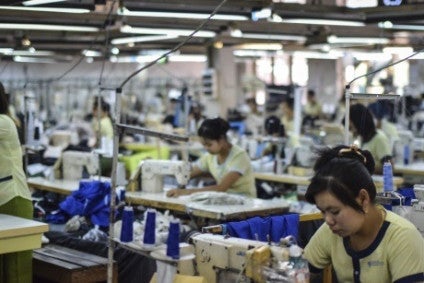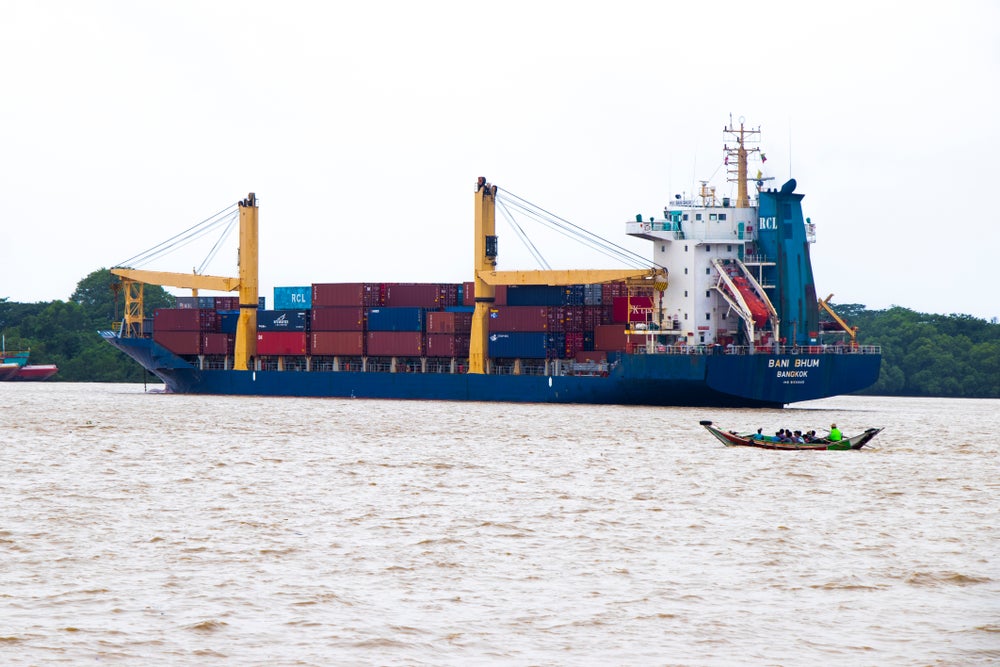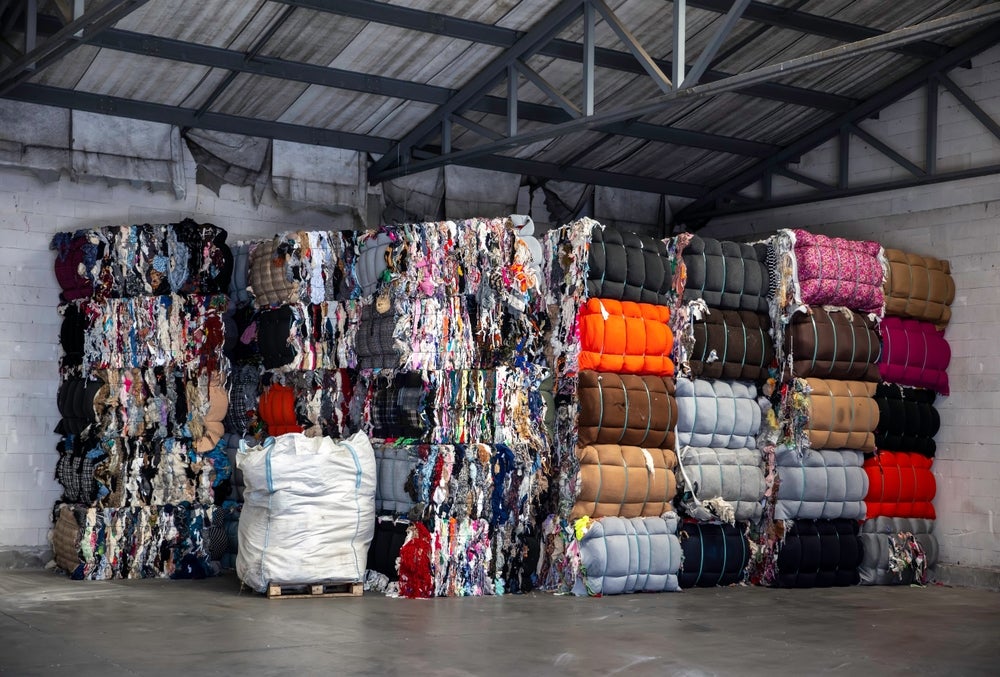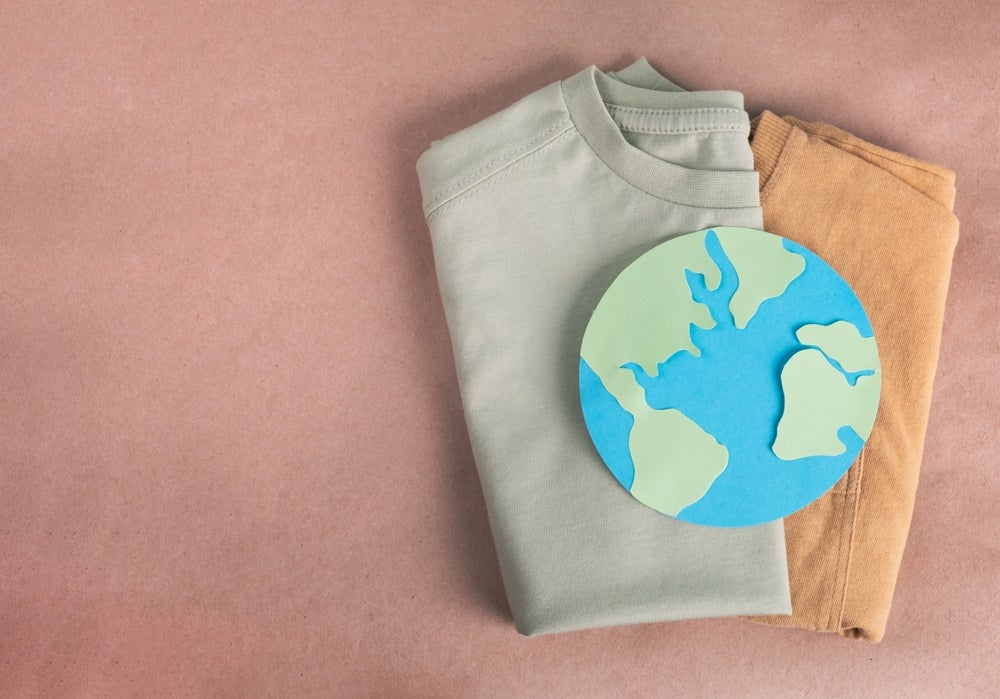
A few years ago, optimistic observers believed that by 2020 the Myanmar garment industry would employ 1.5m people and generate US$10-12bn in exports. With this date now looming, such performance seems out of the question. Even attaining these figures in 2024, the new target date, seems overly ambitious. Jozef De Coster looks at some of the challenges facing the sector.
There’s no doubt the positive growth fundamentals remain. Myanmar’s garment exports tripled from US$0.9bn in 2012 to US$2.7bn in 2017, representing exponential growth of around 25% per year.
New investment continues to flow into the sector. Current growth is still fast, but not as fast as authors of the National Export Strategy 2015-2019 had expected. If their expectations had been met, the industry would now have 700,000 to 800,000 workers, compared with the less than 500,000 (including textiles, accessories and footwear) presently employed.
Global fashion companies and Asian, especially Chinese, garment producers continue to shift their activities to Myanmar – mainly because of its low labour cost. At the end of 2017, the minimum wage stood at MMK3,600 (US$2.65 per day), although this is set to rise to MMK4,800 (US$3.6) per day from the beginning of March.
On top of this, the country also benefits from zero duty access to markets like EU, Japan and Canada, and since October 2016, all American economic sanctions have been lifted.
See Also:
Successfully competing with other countries
Buyers and investors in search of more competitive production locations in Asia mostly look at five Southeast Asian countries: Bangladesh, Myanmar, Laos, Cambodia and Vietnam. Compared to Myanmar, the other countries are often considered as either more expensive or less capable of advancing rapidly in terms of competitiveness and sustainability.
How well do you really know your competitors?
Access the most comprehensive Company Profiles on the market, powered by GlobalData. Save hours of research. Gain competitive edge.

Thank you!
Your download email will arrive shortly
Not ready to buy yet? Download a free sample
We are confident about the unique quality of our Company Profiles. However, we want you to make the most beneficial decision for your business, so we offer a free sample that you can download by submitting the below form
By GlobalDataMany foreign decision makers also refer to the endearing behaviour and positive attitude of Myanmar managers and operators. Bart Vervaecke, CEO at Sioen Apparel, a Belgian producer of technical apparel that started production in Yangon in 2016, recently praised the factory’s staff and workers in Myanmar: “I had several face-to-face meetings with local responsible people and got a very good impression.”
Due to the strong involvement of foreign governmental organisations and NGOs in the Myanmar garment industry, ongoing improvement can be seen in social and labour standards, working conditions and social dialogue. More than 100 companies are BSCI-audited. Among the projects with the biggest impact are the twinning initiative between AVE (the Foreign Trade Association of German Retailers) and MGMA (Myanmar Garment Manufacturers Association) to strengthen the role of MGMA; and the EU-funded SMART Myanmar project focusing on the competitiveness and sustainability of garment SMEs.
Also the overall economic future of Myanmar looks bright. The country’s GDP growth reached 7.5% in 2017, and similar growth rates are expected for the next years. Myanmar will increasingly benefit from its location between two big, fast growing economies: China and India. And it is the only country included in two economic corridors under the Belt & Road Initiative, namely the Bangladesh-China-India-Myanmar Economic Corridor (BCIMEC) and the China-Indochine Peninsula Economic Corridor (CICPEC).
Growth pains
However, the fast growth of the Myanmar garment industry has some darker sides. It has become very difficult to acquire and retain garment workers. This is especially the case in Yangon region where the majority of garment factories are located. In 2016, nearly 300,000 garment workers were employed in the Yangon region, compared with 22,443 in Bago, 4,460 in Pathein and 6,396 in the port city of Thanlyin. Companies that make great efforts to train their workforce are increasingly frustrated because they often move to other factories where they can earn a bit more.
Survey takes close look at Myanmar garment workers
Since the land and rent prices in Yangon are also very high, many garment companies are considering moving to other regions.
Also inconvenient is the overall increase of traffic in Yangon region, which has resulted in daily traffic jams. The purchase in 2017 of 3,000 new buses by Yangon Bus System (YBS) brought no relief. The CEO of a Japanese garment factory, located in Mingaladon Industrial Zone, said he needed two hours by car to attend a SMART Myanmar seminar in the centre, 17 kms from his factory.
Though the Government has built a number of gas-fired power plants since 2013 to meet the gap left by hydropower dams, garment factories in Yangon’s industrial zones still complain about frequent power cuts. All factories need back-up generators, a big investment.
Most importantly, the lack of skilled garment workers is fuelling action for higher pay. In August 2015, a first-ever national minimum wage was approved at MMK3,600 for a standard eight-hour work day. While the daily minimum wage is now set to rise to MMK4,800 (US$3.6) per day from March – an increase of 33% on the current minimum wage rate – it is at the lower end of the range anticipated by industry analysts and observers, and is much lower than the 55% increase advocated by several unions. Nevertheless, factory owners consider a 33% increase difficult to bear.
The introduction of the new minimum wage will again cast light on the considerable gap, in terms of financial strength and overall competitiveness, between local companies and those with foreign direct investment (FDI). Jacob Clere, team leader at SMART Myanmar, hopes that just like in 2015, increased minimum wages will stimulate companies to invest more in productivity, quality and sustainability.
Image damage
It’s difficult to estimate the image and reputational damage the Myanmar garment industry suffered in 2017 due to negative sector reports and to the violent military crackdown on the Muslim population in Rakhine State.
A SOMO report (Foundation for Research on Multinational Companies), released in February 2017, inspired the headline ‘High street clothes made by children in Myanmar for 13p an hour’ in The Guardian. In June 2017, the NGO ActionAid Myanmar sparked controversy with its report ‘Safety audit for women in garment sector in Yangon region.’ MGMA obviously did not like the one-sided focus on some shortcomings in the sector, but bravely declared that it was committed to using its limited resources and capacity to help address them.
Myanmar garment industry hits back at ActionAid report
The brutal handling of the Rakhine crisis by the military in October 2017 reminded the world that the civil war that has been raging for decades in Myanmar has not yet ended. In spite of the Nationwide Ceasefire Agreement that eight non-state armed groups signed with the government in October 2015, there’s still fighting between the national army, called Tatmadaw, and several ethnic armed groups.
Garment brands warn Myanmar over Rohingya crisis
A European consultant, who visited the Myanmar Textile & Garment Industry Exhibition 2017 in Yangon, said that some of the clients she was advising about investing or sourcing in Myanmar had considered putting their projects on hold.
In a statement released on 23 October 2017, The US State Department said it was considering “economic options” to target individuals associated with atrocities against Myanmar’s Rohingya Muslims. Sector observers in Yangon appeared relieved that the EU, now by far Myanmar’s biggest garment customer (taking more than 45% of total exports) doesn’t seem to be considering a change in its trading arrangements with Myanmar.







